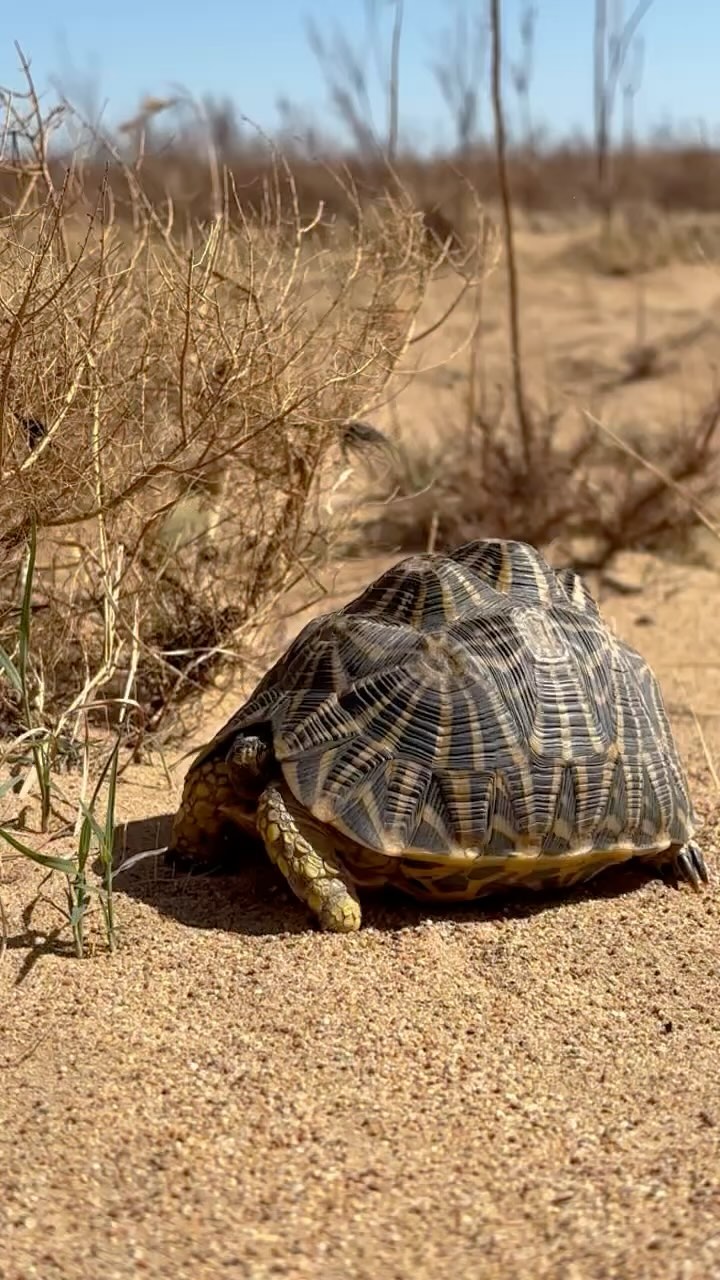– The plight and conservation of the Geometric Tortoise (Psammobates geometrics)
– Critical habitat protection and management for endangered species
– The role of land preserves in wildlife conservation
– Challenges in conserving critically endangered species and strategies for success
– The impact of conservation efforts on species survival and ecosystem health
The Geometric Tortoise (Psammobates geometricus) is an emblem of conservation urgency. Critically endangered, this small tortoise persists in a few fragments of its natural habitat in South Africa. Conservation of species like the Geometric Tortoise is complex and requires a multifaceted approach that includes habitat protection, research, and community involvement. An understanding of the species’ ecology and the threats it faces is essential for successful conservation.
Habitat protection is paramount for the survival of the Geometric Tortoise. With only a small proportion of its original range remaining, the species relies on preserving and managing land areas. Land preserves act as sanctuaries where conservationists can research and implement protective measures. For instance, the 1,200+ acre South African Preserve dedicated to the Geometric Tortoise provides a controlled environment where experts can manage factors such as invasive plant species and monitor tortoise populations.
Effective land preserve management involves a detailed understanding of the geometric tortoise’s habitat requirements. These tortoises need lowland fynbos vegetation, a type of biodiversity hotspot found in the Western Cape of South Africa. Unfortunately, much of this vegetation has been lost to agriculture and urban development, making the remaining patches invaluable. Teams working on preserves conduct regular vegetation assessments, fire management, and predator control, all vital for maintaining the delicate balance of the tortoise’s ecosystem.
One of the main challenges in conserving critically endangered species is the limited genetic diversity due to reduced populations. This seriously impacts species like the Geometric Tortoise’s resilience to disease and environmental changes. Conservationists use a combination of in-situ and ex-situ strategies, which means protecting them within their natural habitats and, where necessary, instituting captive breeding programs to bolster genetic variety and population numbers.
Community engagement is another essential component of wildlife conservation. Locals who live near preserves can significantly impact the success of conservation efforts. Educational programs aim to raise awareness about the species’ importance and ecological role. Moreover, involving the community in research and monitoring efforts can foster a sense of ownership and responsibility toward protecting the Geometric Tortoise.
The success of habitat preserves for critically endangered species can be measured in terms of individual animal well-being, population trends, and ecological balance. When a species like the Geometric Tortoise thrives, the ecosystem functions correctly and conservation efforts are effective. This success can have a ripple effect, encouraging similar strategies for other endangered species and raising the profile of conservation globally.
The Geometric Tortoise offers a glimpse into the complexities of species conservation in the modern age. Its precarious status serves as a call to action for conservationists, researchers, and the public, emphasizing the importance of safeguarding our planet’s biodiversity. The work done in land preserves, such as the 1,200+ acre South African Preserve, is important for the tortoises themselves and a crucial node in the larger network of global conservation efforts.
We can contribute to reversing declining trends in critically endangered species populations through meticulous habitat management, strategic conservation planning, and community engagement. Our dedication to these actions ensures that spectacular creatures like the Geometric Tortoise can continue to inhabit their wild homes. Conservation victories in this field reaffirm our ability to positively impact the planet and preserve its biodiversity for future generations.
*****
Source Description
We love to see beautiful, critically endangered species like this Geometric Tortoise (Psammobates geometricus) thrive in their wild homes where they belong. We make this possible by protecting land—in this case, our 1,200+ acre South African Preserve, where we protect and maintain the last of this fragile species’ remaining habitat.

